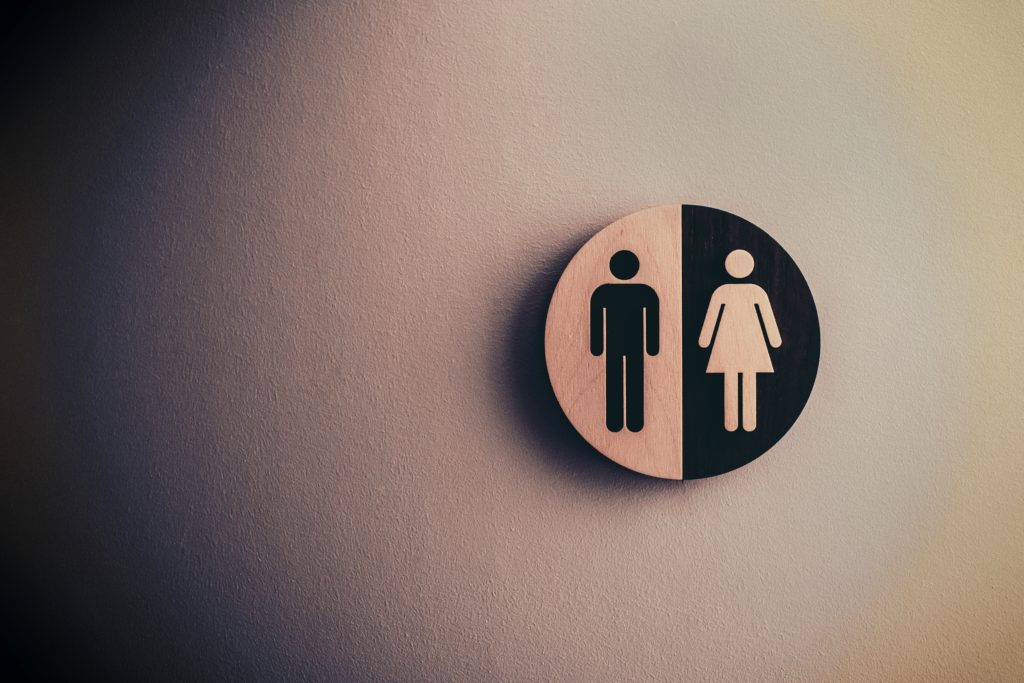At TVP Communications, all of my current coworkers are women, but many of the faculty experts and thought leadership voices we help represent belong to men.
Certainly, I’ve had the opportunity to work with some incredible women in higher education: faculty, administrators, senior leaders, presidents, and board members. In fact, some of the most prolific op-ed writing professors we work with are women.
However, on any given project, I’m helping to craft and shape a voice entirely outside of my identity. Of course, it’s common on thought leadership projects to be writing in someone else’s voice and editing with someone else’s experiences and expertise in mind. And it can be challenging to keep your own voice and experiences neutral in these situations. I wonder, though, if perhaps it would be different if I were more regularly working on thought leadership projects for and with other women. Or even if I had more exposure and access to thought leadership from women in general.
The fact that most of the thought leadership pieces I work on—and read—belong to men isn’t surprising; rather, it’s reflective of higher education leadership overall. While women are well represented in entry and mid-level roles, men far outnumber women in leadership roles. Only 30 percent of college presidents in the U.S. are women, the number a dismal five percent for women of color. On institutional governing boards, men outnumber women by more than two to one. Women represent less than half of all chief academic officers. As for professors, only 32 percent of full faculty tenure positions are held by women. And, of course, there is the ever-persistent gender pay gap for administrators and faculty—women are consistently paid less. PS: All of this is despite the fact that women now earn the majority of all degrees.
This gender imbalance data isn’t new. Nor is it even unique to our industry. But it is still disheartening. There is gender inequality and bias everywhere: on panels, with experts in news coverage, with op-eds, within the media itself. It’s 2019 and women’s voices still aren’t well represented.
I randomly chose Tuesday of this week to check out the gender split for the opinion pages for The Chronicle of Higher Education and Inside Higher Ed, and most of the bylines belonged to men. And when I scrolled far enough, the women who were represented were accompanied by male coauthors.
Certainly, there are some forces working to rebalance the voices represented. Some journalists are diligently working to keep their gender bias in check and hold themselves accountable, while others actively seek to promote underrepresented voices. The OpEd Project is committed to increasing the range of voices and bolster the diversity of op-eds. Only in January of this year, The New York Times pledged to run more letters to the editor written by women. The BBC has committed itself to having an equal split of men and women across all programs and sites by April 2019.
So, I don’t have any new data, and I don’t have any new solutions for this gender imbalance problem in higher ed, or at large. Resolutions seem to be slow-moving and require systemic overhauls. But, in the spirit of International Women’s Day and Women’s History Month, I wanted to call attention to the dearth of women’s voices in higher ed thought leadership and encourage more steps to change this.
To those women who are industry colleagues and partners, college presidents and senior leaders, administrators and faculty:
You are educated and have a wealth of knowledge and experience to pull from and contribute to the conversations in higher ed. You don’t have to be THE expert, but you can be an expert. There are a lot of things happening in the world, and you have valid ideas and opinions that deserve to be shared. You have a voice, and I personally would love to hear from it more.
This post originally appeared on Inside Higher Ed’s Call to Action blog.
Photo by Tim Mossholder on Unsplash
